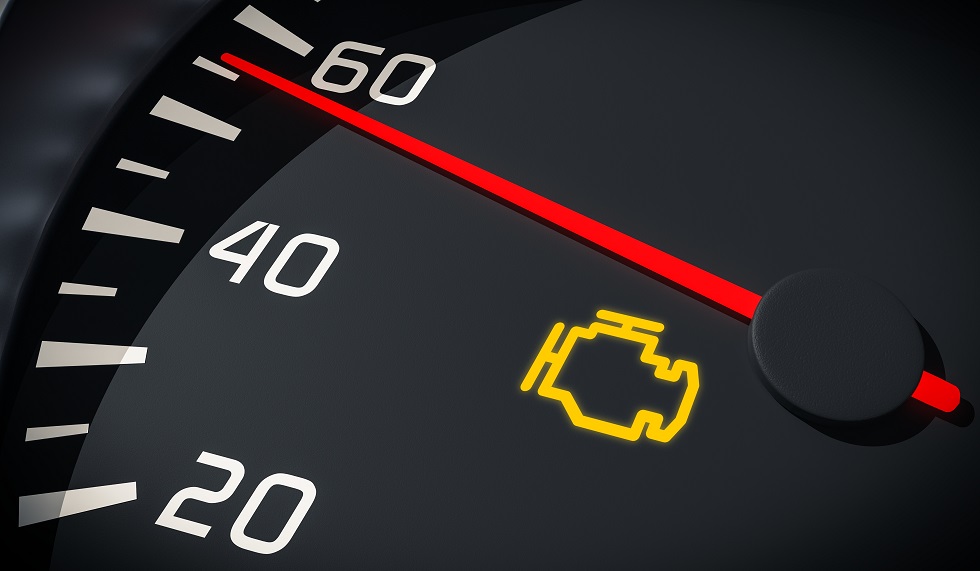
The check engine light—that ominous glowing symbol on your dashboard that strikes fear into the hearts of drivers everywhere. While it’s easy to panic at the sight of it, understanding what your check engine light is trying to convey can save you from unnecessary stress and potentially costly repairs. Let’s discuss this enigmatic signal and learn how to respond appropriately.
1. Don’t Panic
First and foremost, when your check engine light illuminates, resist the urge to panic. While it’s natural to feel anxious, remember that the check engine light serves as a diagnostic tool rather than an indicator of imminent disaster. In many cases, the issue may be minor and easily rectified.
2. Check for Immediate Issues
Before delving into diagnostics, assess your vehicle for any noticeable signs of trouble. Is the engine running smoothly? Is the temperature gauge within the normal range? Are there any unusual noises or odors? Address any immediate concerns promptly to prevent further damage.
3. Consult Your Owner’s Manual
Your vehicle’s owner’s manual is your best friend when it comes to understanding the meaning of the check engine light. Refer to the manual to decipher the specific symbols and indicators associated with your vehicle’s dashboard. It may also provide insights into common causes of the check engine light and recommended courses of action.
4. Perform a Basic Inspection
If the check engine light persists, conduct a preliminary inspection of your vehicle. Check the gas cap to ensure it’s securely fastened, as a loose or damaged cap can trigger the light. Inspect the engine compartment for obvious signs of damage or leaks, such as frayed wires or fluid puddles.
5. Utilize Diagnostic Tools
Modern vehicles are equipped with onboard diagnostic (OBD) systems that monitor various components and systems for abnormalities. Invest in an OBD-II scanner—a handheld device that plugs into your vehicle’s diagnostic port—to retrieve error codes and pinpoint the source of the problem. Note down the codes displayed on the scanner for reference during troubleshooting.
6. Address Common Culprits
While the check engine light can illuminate for a myriad of reasons, certain issues are more prevalent than others. Common culprits include faulty oxygen sensors, malfunctioning catalytic converters, and issues with the mass airflow sensor. Conduct thorough research or consult with a qualified mechanic to determine the most likely cause based on the error codes retrieved.
7. Seek Professional Assistance
If you’re unable to diagnose or rectify the issue on your own, don’t hesitate to seek professional assistance. Schedule an appointment with a trusted mechanic or automotive technician who can perform a comprehensive diagnostic assessment and recommend appropriate repairs. Remember, timely intervention can prevent minor issues from escalating into major headaches.
The check engine light may be intimidating, but it’s ultimately a valuable tool designed to keep your vehicle running smoothly and efficiently. By understanding its purpose and taking proactive measures to address potential issues, you can navigate the road with confidence and peace of mind. Remember, knowledge is power—so the next time your check engine light makes an appearance, face it head-on armed with information and determination.

